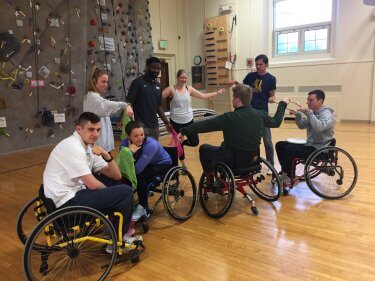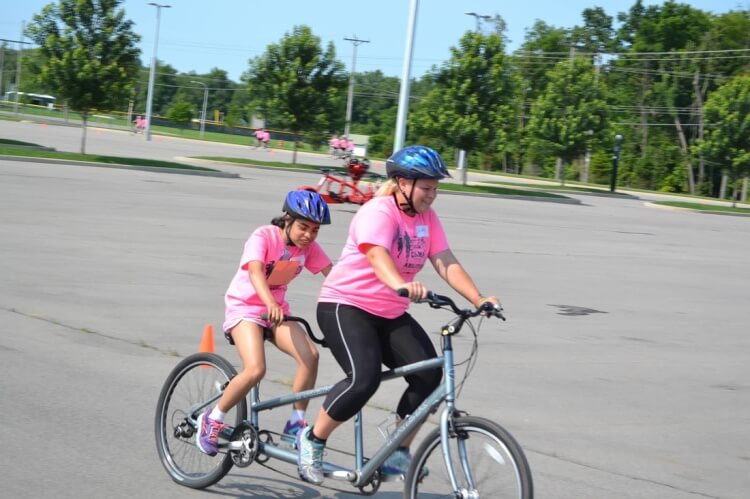
UDL is a way of thinking and acting that may change the way you approach student learning. Rather than thinking a student needs to change, UDL looks at the learning environment. Consider what within the environment is a barrier to learning. Is it that space itself? Is it the equipment you are using? Perhaps it is the way the students are expected to learn. The learning environment can include other barriers such as the goals of the class, the way assessments are conducted, or the way the students are organized. See below for a diagram that outlines an ecological analysis of the learning environment (Haywood & Getchell, 2019). When considering implementing UDL in the classroom, it is important to look at the following elements.
UDL provides a framework for implementing strategies to reduce barriers to student learning. The main way to do this is to create a learning environment where students have what they need to flexibly meet the learning goals. When developing and planning your lesson, think about the students, the classroom environment, and the task you are teaching.


